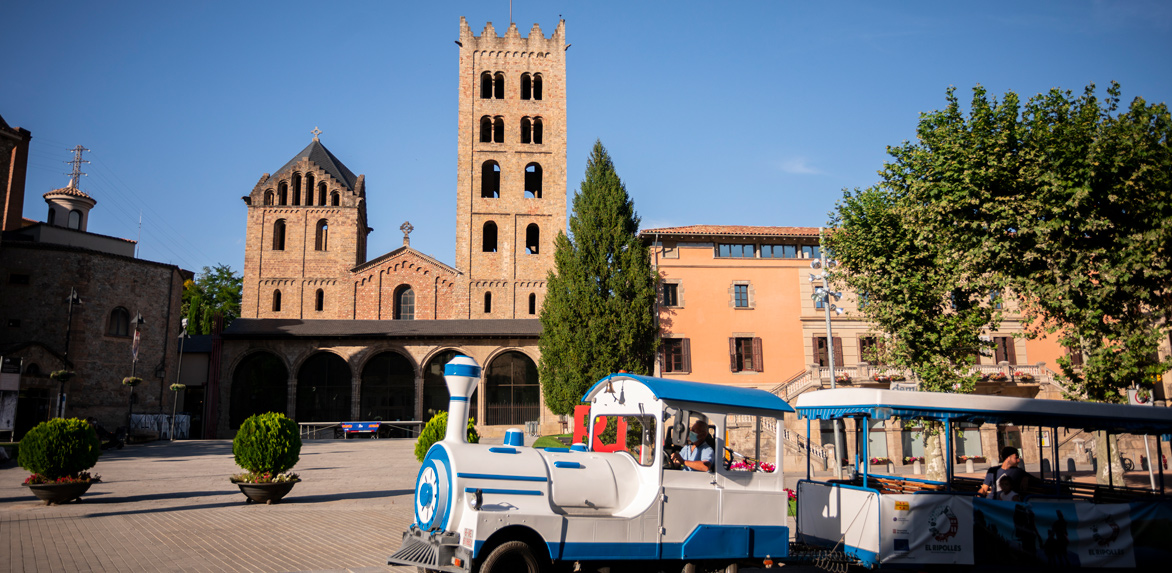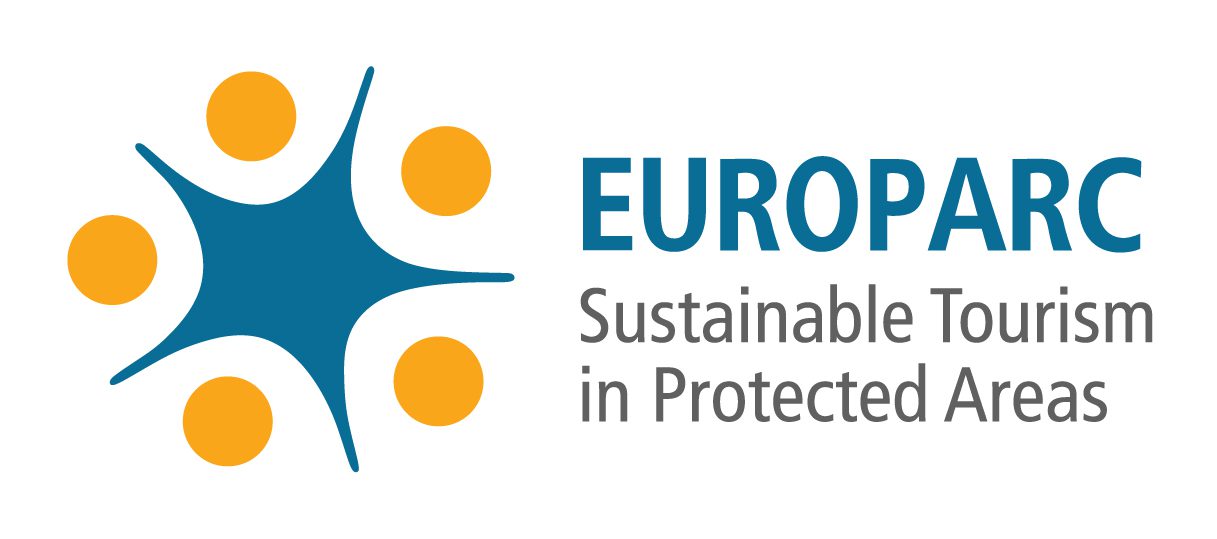Ripoll, the cradle of Catalonia and the capital of the Ripollès region, has always played a key role in Catalan history and identity. Surrounded by mountains in the heart of the Pre-Pyrenees, the town grew up along the rivers Ter and Freser in a rural setting that is home to festivals, traditions and customs forged over centuries of history along with modernista buildings and shops that have adapted to the times.
The municipality of Ripoll
-
Origins
The origins of the town are closely related to the count considered to be the father of the Catalan nation, Wilfred the Hairy, who in 879 founded its first church, which was subsequently administered by a community of Benedictine monks and dedicated to Santa Maria.
-
Did you know that…?
Ripoll’s personality has also been forged by ironwork, the production of firearms, the ravages of wars, the Modernisme style, and the railway, which along with other more modern and contemporary factors form part of the town’s collective memory.
-
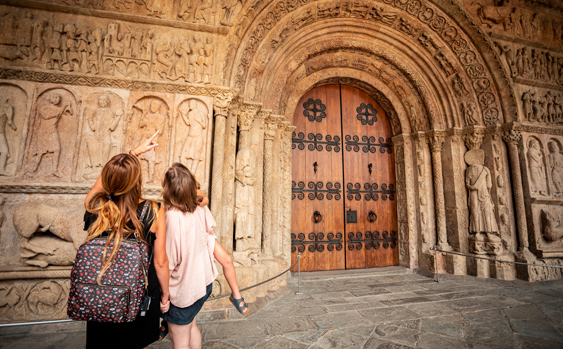
Monastic complex of Ripoll
The Monastery of Santa Maria de Ripoll is not only one of Catalonia’s most beautiful and evocative monuments, but it also features one of the most important pieces of Catalan Romanesque: the 12th-century portal known as the Stone Bible, which is a tentative UNESCO World Heritage Site. Along with its interpretation centre, the basilica, the cloister, the cemetery and the tombs of the counts, it allows you to immerse yourself in the historic past of the cradle of Catalonia. Count Wilfred the Hairy, Abbot Oliba, Counts Ramon Berenguer III and IV and Bishop Josep Morgades are some of the leading figures of the Catalan nation and Church who were closely linked to the monastery. A visit to the Monastery of Santa Maria de Ripoll takes you on a journey back in time to the origins of Catalonia.
-
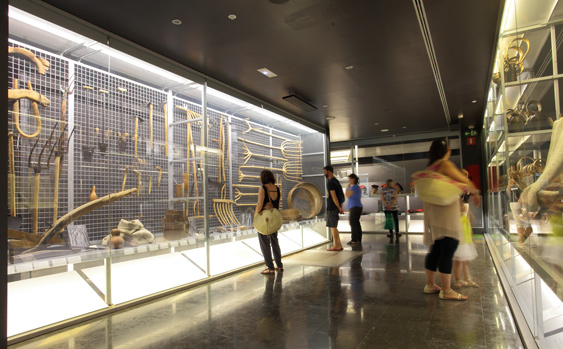
Ethnographic museum
Catalonia’s first ethnographic museum invites you to discover not only the rich history of the town of Ripoll, but also its customs, traditions and culture. It features collections related to shepherds, the peasantry, popular religiosity, Catalan ironworks and wrought iron, and Ripoll light firearms.
-
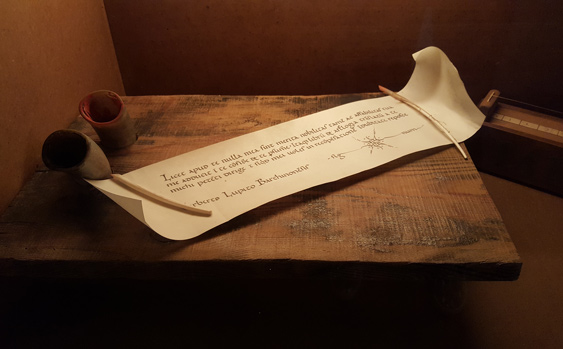
Scriptorium
This permanent exhibition offers you the chance to learn in an interactive and didactic manner all about the town’s cultural history and the importance of the Monastery of Santa Maria de Ripoll in the production and copying of manuscripts.
-
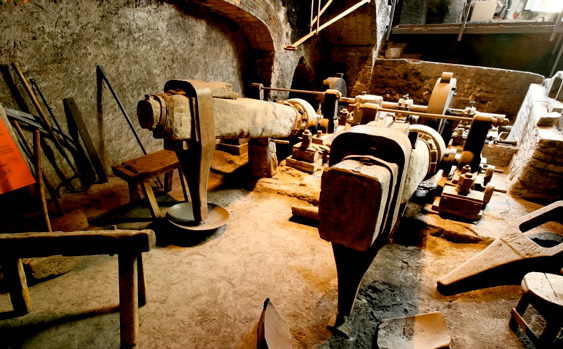
Farga Palau
At the Farga Palau, an authentic 17th-century Catalan ironworks forge that has been transformed into a copper forge, you can see how ore is converted into metal that can subsequently be worked.
-
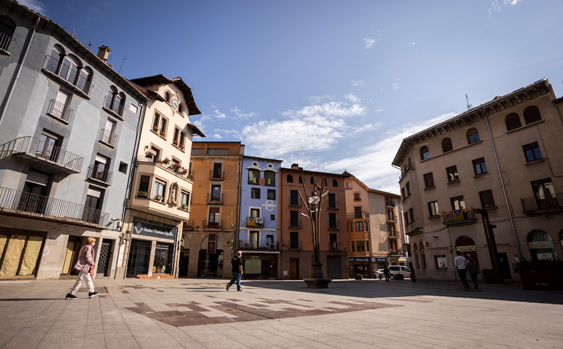
Town centre
A stroll through the centre of town allows you to discover buildings of historic and architectural interest, such as Casa Codina, Casa Alòs, Casa Bonada and the chapel of Sant Miquel de la Roqueta, which were built during a period of progress and industrialisation in the early 20th century. You can still find vestiges of the town’s medieval period, such as fragments of its 14th-century city wall at the church of Sant Pere, the Ethnographic Museum, El Raval Bridge and other places between the rivers Ter and Freser.
More information
-
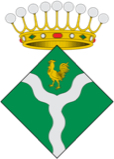
Ripoll Town Hall
MORE INFO
Resources
Other towns
-
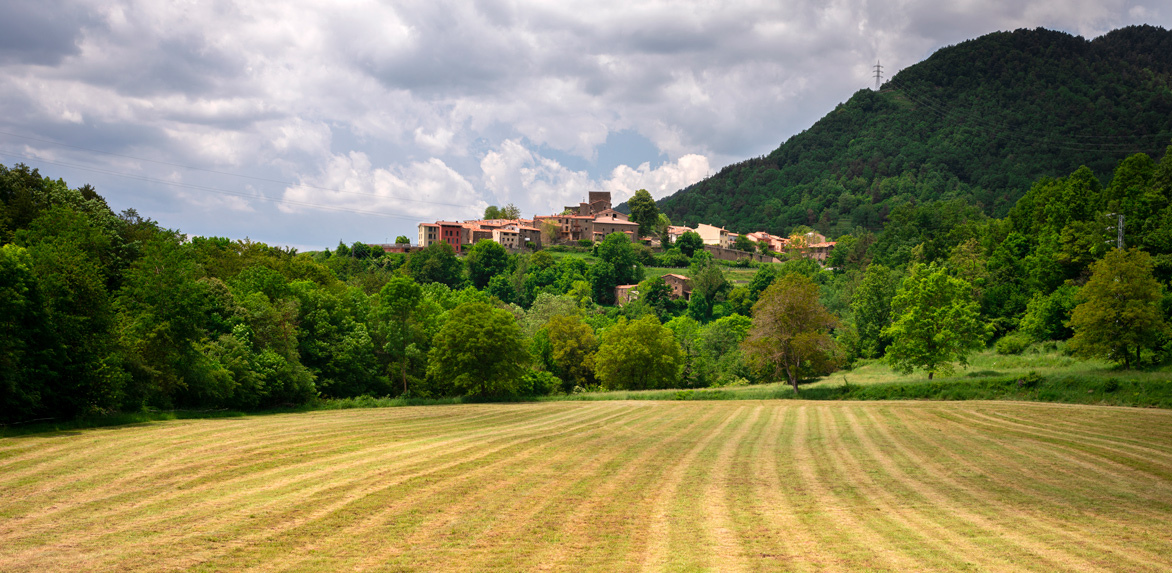
Vallfogona de Ripollès
Vallfogona de Ripollès lies on the slopes of the Puig Estela and Milany mountains and is surrounded by beautiful ...
MORE INFO -

Ribes de Freser
Enjoy both the peaceful environment of Ribes and its high-quality local services and shops. It has numerous walking and cycling...
MORE INFO -

Queralbs
Queralbs retains the charm of high mountain villages, with its narrow alleys and stone houses with slate roofs and original...
MORE INFO

